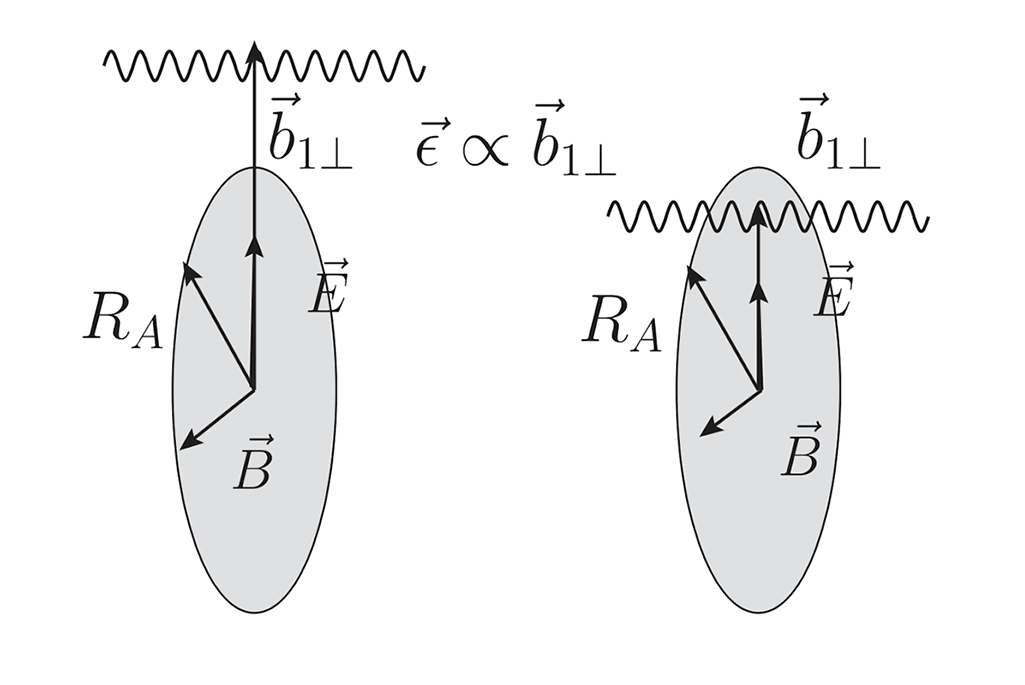Bo-Wen Xiao, Feng Yuan, and Jian Zhou, Momentum Anisotropy of Leptons from Two-Photon Processes in Heavy-Ion Collisions, Phys. Rev. Lett. 125, 232301 (2020)
Di-lepton production in heavy ion collisions has attracted great attention in recent years. It may provide a unique window to explore the electro-magnetic property of the quark-gluon plasma created in these collisions. Experiments from RHIC and LHC have reported a number of interesting phenomena for these di-lepton in various collision configurations, including ultra-peripheral, peripheral, and in some occasions, even the central collisions. Significant Pt-broadening of the total transverse momentum of the lepton pair was observed from ultra-peripheral to central collisions. This can be explained as a final state interaction effects of the lepton pair when they traverse through the medium, see, our previous paper in Phys. Rev. Lett. 122, 132301 (2019). However, this could come from the initial state effects, as indicated by recent studies (Phys.Lett.B 800 (2020) 135089; Phys.Rev.D 102 (2020) 9, 094013). Therefore, the key is to identify/isolate the production mechanism of the lepton pair in the two photon processes.
In this paper, we carry out an analysis that can help to identify the production mechanism of the lepton pair in heavy ion collisions. In particular, we investigate the azimuthal angular correlation between the lepton transverse momentum PT. and the impact parameter b⊥ in noncentral heavy-ion collisions, where the leptons are produced through two-photon scattering. Among the Fourier harmonic coefficients, a significant v4 asymmetry is found for the typical kinematics at RHIC and LHC with a mild dependence on the PT, whereas v2 is power suppressed by the lepton mass over PT. This unique prediction, if confirmed from the experiments, shall provide crucial information on the production mechanism for the dilepton in two-photon processes.
Figure: Illustration of the polarized photon flux associated with a relativistic heavy nucleus moving to the right. The physical polarization of the photon propagating to the right is along the direction of b1T with respect to the center of the nucleus in the transverse plane. Because of this peculiar polarization states for both incoming photons in heavy ion collisions, the resulting lepton pair will have a cos(4ϕ) anisotropy.
